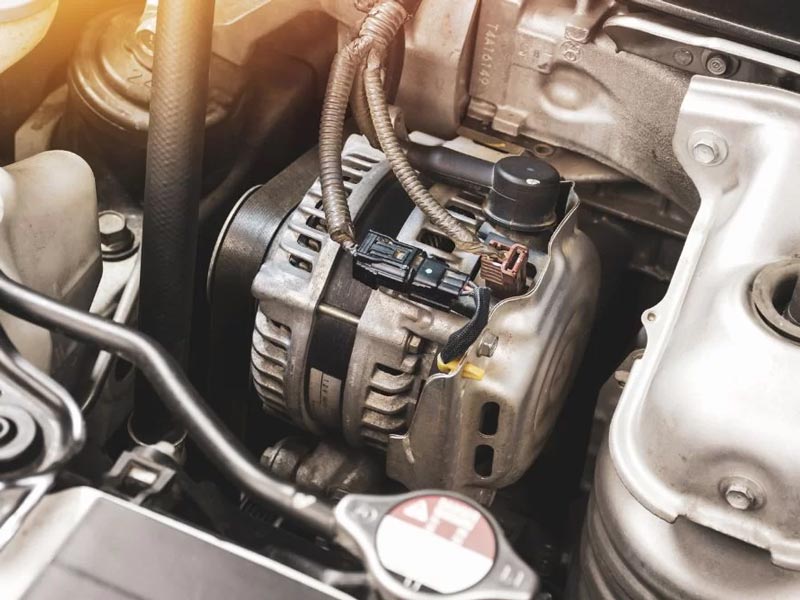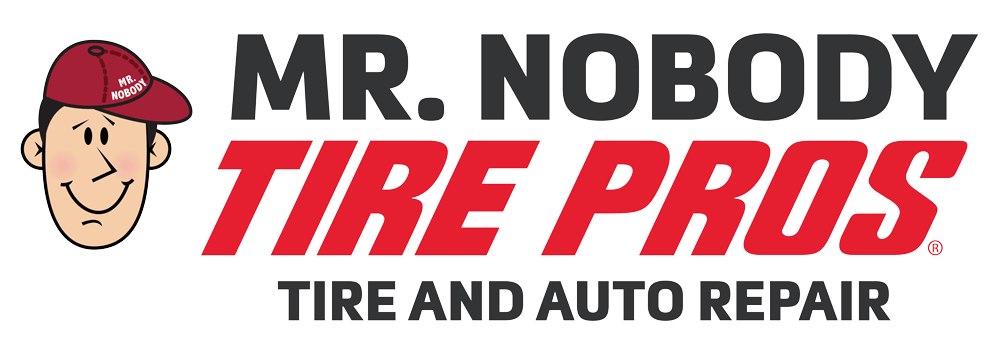Understanding the Role of the Serpentine Belt in Alternator Functionality

The serpentine belt is a critical component in your vehicle’s engine, responsible for driving various accessories, including the alternator. It plays a vital role in transferring mechanical power from the engine to the alternator, allowing it to generate electrical power for the vehicle’s electrical system. In this post, we will explore the significance of the serpentine belt in ensuring proper alternator functionality.
Power Transmission
The primary function of the serpentine belt is to transmit power from the engine’s crankshaft to the alternator. As the engine runs, it drives the serpentine belt, which, in turn, rotates the pulley on the alternator. This rotational movement generates mechanical energy that is converted into electrical power by the alternator. The serpentine belt plays a crucial role in this power transmission process, allowing the alternator to fulfill its electrical generation function.
Simultaneous Accessory Drive
In addition to driving the alternator, the serpentine belt is responsible for driving other accessories in the engine, such as the power steering pump, air conditioning compressor, and water pump. The serpentine belt is specifically designed to handle multiple accessory drives simultaneously. This efficient design reduces the number of individual belts in the engine, simplifying maintenance and ensuring proper operation of various engine components.
Tension and Alignment
Proper tension and alignment of the serpentine belt are essential for the optimal functioning of the alternator. The belt needs to be correctly tensioned to prevent slippage, as inadequate tension can lead to inefficient power transmission and reduced alternator performance. Additionally, proper alignment ensures that the belt properly engages with the alternator pulley, preventing unnecessary wear and prolonging the lifespan of both the belt and the alternator.
Wear and Maintenance
Like any other component, the serpentine belt is subject to wear and tear over time. It can become cracked, glazed, or worn out due to constant exposure to heat, friction, and tension. Regular inspection of the serpentine belt is crucial to identify signs of wear or damage. If the belt shows signs of wear, such as cracks, fraying, or excessive looseness, it should be replaced promptly. Neglecting a worn-out belt can lead to belt failure, resulting in loss of power transmission to the alternator and other accessories.
The serpentine belt plays a crucial role in driving the alternator and other accessories in your vehicle’s engine. It facilitates the transmission of mechanical power from the engine to the alternator, allowing it to generate electrical power for the vehicle’s electrical system. Proper tension, alignment, and maintenance of the serpentine belt are essential for ensuring optimal alternator functionality. By including serpentine belt inspections, adjustments, and replacements in your routine maintenance, you can prolong the life of both the belt and the alternator, ensuring the reliable performance of your vehicle’s electrical system.
